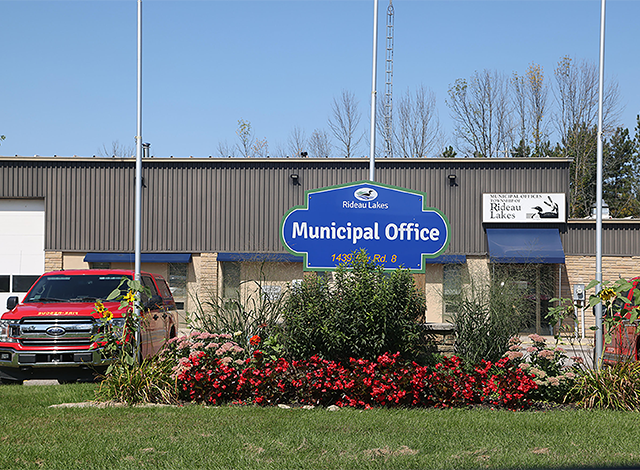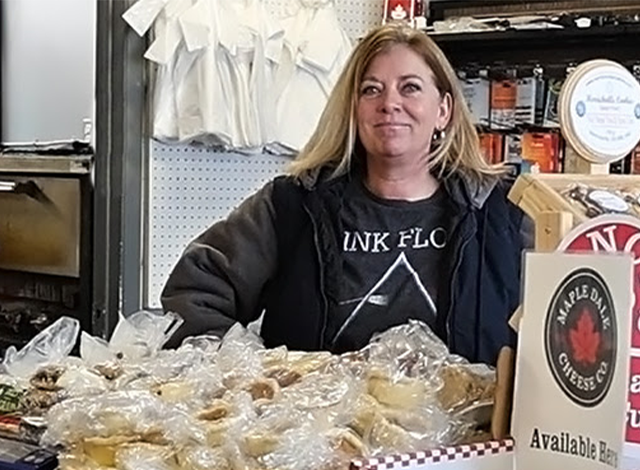LAURIE WEIR
When news breaks about animal hoarding cases, the public’s reaction is a mix of anger, sadness and frustration. Hundreds of cats or dogs are often found crammed into small, squalid spaces—malnourished, sick and terrified—becoming tragic symbols of a broken system. While animal welfare advocates work tirelessly to rescue and rehabilitate these animals, a clear, sustainable solution to prevent hoarding and effectively support rescues remains elusive.
Ontario’s laws are more progressive than ever, but the responsibility for animal welfare often falls through the cracks, leaving rescues and communities to bear the burden. The recent investigation into Eastern Ontario Cats highlights this problem. Although the Provincial Animal Welfare Services (PAWS) Act provides clear regulations, the system is a tangled web of responsibilities and oversight that often leads to more confusion than care.
Cases like the one at EOC are not isolated. Many municipalities rely on non-profits and rescues to manage stray or neglected animals, shifting responsibility to organizations that are underfunded and overwhelmed. Hoarding cases only add to the strain, with non-profits stretched thin trying to care for large numbers of sick, scared and unsocialized animals—often in inadequate facilities.
The individuals involved in hoarding are frequently dealing with mental health challenges or financial instability, making it unlikely that they can adequately care for the animals they accumulate. This complicates any resolution and highlights the need for a more structured approach.
What is the solution? Greater accountability is needed at every level—from municipal to provincial. There must be clearly defined roles, active support for law enforcement, and resources dedicated to addressing hoarding specifically. If the PAWS Act is to be effective, it needs provisions for specialized training and resources for inspectors and first responders. Hoarding is a unique form of neglect where individuals often believe they are rescuing animals, even as they create life-threatening situations for them.
Education is essential. Not only for animal welfare officers and veterinarians but also for the public at large. Schools have a unique opportunity to engage children with meaningful, hands-on education that addresses the current crisis and prevents future ones. Simple initiatives like teaching students to build insulated outdoor shelters for feral cats during winter can make a big difference. Humane education in school curriculums can foster empathy and responsibility while addressing growing feral cat populations.
Schools can also help spread awareness about spaying and neutering, creating a future where overpopulation is reduced and fewer animals end up in overcrowded shelters or on the streets. Supporting TNR (trap-neuter-return) programs in communities can also help manage feral cat populations humanely.
Prevention is critical. But without funding and the means to enforce laws, rescue organizations are left to scramble. Non-profits rely on donations, volunteers and foster networks to manage large-scale rescues, which means that sick animals often struggle to get timely veterinary care, and adoptable animals are shuffled through multiple foster homes. It’s a compassionate yet chaotic system—barely keeping up with the demand. Municipalities and provincial bodies must collaborate more effectively, close gaps in enforcement, and provide necessary funding, training and partnerships to ensure the PAWS Act can be properly implemented.
However, it’s not just about the animals; it’s about the people, too. Many individuals who hoard animals suffer from conditions like obsessive-compulsive disorder (OCD) or post-traumatic stress disorder (PTSD). Treating them as criminals is counterproductive. What’s needed is compassionate intervention, community support and access to mental health services. Addressing the root causes of hoarding is essential to breaking the cycle.
Right now, rescues often shoulder the burden of the PAWS Act. If Ontario—or any province—is serious about animal welfare, it must stop passing the buck. Legislative changes must come with real action and funding. This means supporting rescues during crises, addressing gaps in municipal animal control and actively enforcing the laws already in place. It’s not just about protecting animals; it’s about upholding our collective values and creating a system that reflects them.
The animals in hoarding situations have no choice, no voice and nowhere else to go. They depend on us to get this right. When we fail to enforce laws, fund rescues or intervene effectively, we fail these animals. Passing the buck on animal welfare has real, painful consequences. If we don’t act, these tragic hoarding cases will continue, and animals will continue to suffer.
Isn’t it time we all take responsibility?



















